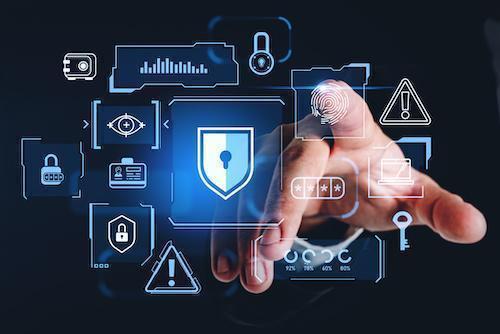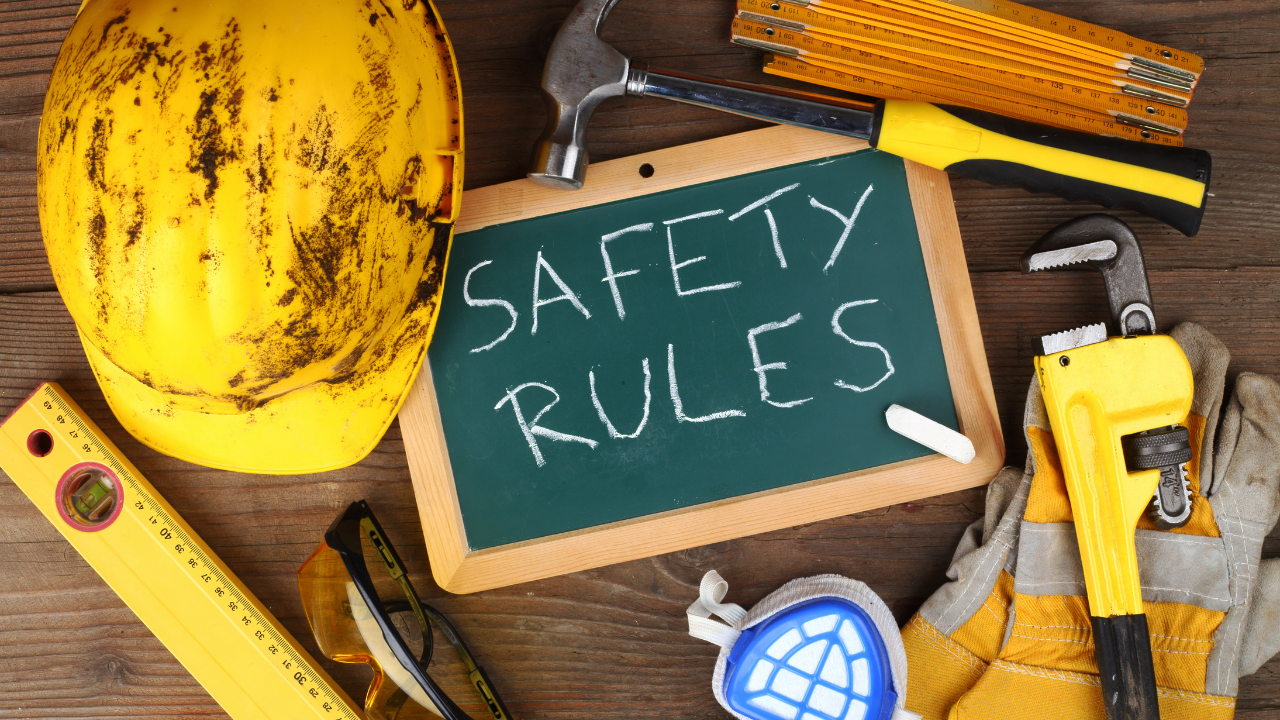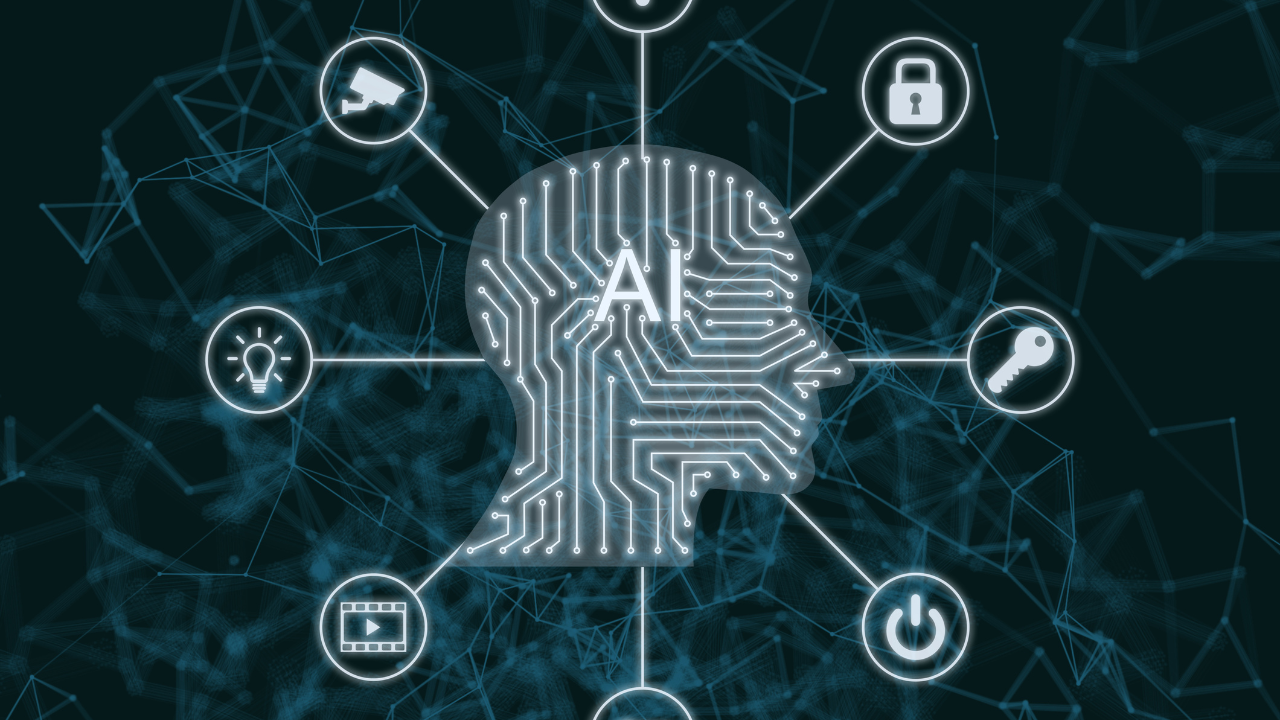



As classrooms become increasingly digital through EdTech platforms, student data is more vulnerable than ever. From login credentials and grades to personal demographics and behavioral data, the information being collected is sensitive — and a potential target for cyber threats.
Protecting student data isn’t just a tech issue. It’s an ethical and legal responsibility.
👶 Children and teens are more vulnerable: They may not recognize phishing attempts or understand the long-term impact of a data breach.
📊 EdTech tools gather a wide range of data, including:
Full names, birth dates, home addresses
Attendance, grades, learning habits
Device usage and location info
Messages, discussion posts, and behavioral insights
⚖️ Regulations exist, such as:
FERPA (Family Educational Rights and Privacy Act – U.S.)
COPPA (Children’s Online Privacy Protection Act – U.S.)
GDPR (General Data Protection Regulation – EU)
| Threat | Description |
|---|---|
| 🧑💻 Data Breaches | Hackers gain unauthorized access to school platforms or cloud storage. |
| 🎣 Phishing Scams | Fake emails or login pages trick users into giving away passwords. |
| 🕵️ Tracking & Profiling | Some apps may collect more data than needed, sometimes sharing it with third parties. |
| 💾 Insecure APIs & Integrations | Poorly built connections between apps and platforms can leak data. |
| 📶 Unsecured Networks | Public or home Wi-Fi without protection can expose student devices to risks. |
🎓 2020: Fairfax County Public Schools (USA) — ransomware attack leaked student data and documents online.
🧠 2022: Illuminate Education — exposed data from over 1 million students across the U.S.
🌍 UK schools have also faced breaches due to unpatched systems and phishing campaigns targeting teachers.
🔒 Use secure, verified EdTech platforms with strong data protection policies.
🔁 Review third-party contracts to ensure they meet legal and ethical standards.
🛡️ Encrypt data in transit and at rest.
🔑 Implement multi-factor authentication (MFA) for teachers and students.
🧑🏫 Train staff and students on basic cybersecurity hygiene (e.g., recognizing phishing, using strong passwords).
📄 Create a data protection policy and incident response plan.
✅ Build privacy by design — only collect what's needed.
🔍 Be transparent about data usage and storage.
🧪 Regularly test platforms for vulnerabilities through penetration testing.
📬 Get parental consent where required by law.
Ask what data is being collected and how it's protected.
Monitor the apps and platforms their child is using.
Talk to schools about their cybersecurity policies.
Don’t share passwords — even with friends.
Use strong, unique passwords.
Avoid clicking suspicious links or downloading unknown files.
Log out of devices when finished.
🔮 Emerging trends:
AI-powered threat detection in school networks
Zero-trust architecture: Always verifying access at every step
Blockchain credentials: Tamper-proof academic records
Privacy dashboards for parents and students to manage data
As education continues to digitize, safeguarding student data is critical. Cybersecurity in EdTech isn’t optional—it’s foundational. By combining robust tech protections with informed policies and digital literacy, schools and developers can create safe, secure learning environments for all students.
Would you like:
A short version for parents?
A teacher training module?
A policy recommendation sheet for school boards?
#trending #latest

University Internships That Help You Get a Job After Graduation... Read More.

Is It Smarter to Start at a Community College... Read More.
 Fake posts hit Czech PM Fiala's X
Fake posts hit Czech PM Fiala's X
Fake posts disrupt Czech PM Fiala's X account security
 Switzerland Tightens Export Rules
Switzerland Tightens Export Rules
Switzerland expands export controls on dual-use goods
 Google unveils Ironwood AI chip
Google unveils Ironwood AI chip
Google introduces Ironwood chip to accelerate AI tasks & apps
 TSMC Q1 revenue up 42%
TSMC Q1 revenue up 42%
TSMC sees 42% revenue surge in Q1, surpassing forecasts
 Amazon CEO Outlines AI Vision
Amazon CEO Outlines AI Vision
Amazon CEO reveals AI investment plans in new letter
 Osaka Hosts World Expo 2025
Osaka Hosts World Expo 2025
Japan blends tech and culture at Osaka Expo 2025 launch
 A16z Plans Big Bet on AI Startup
A16z Plans Big Bet on AI Startup
A16z may lead huge round in ex-OpenAI CTO’s new AI firm.
© MyEduGoal. All Rights Reserved. Design by markaziasolutions.com